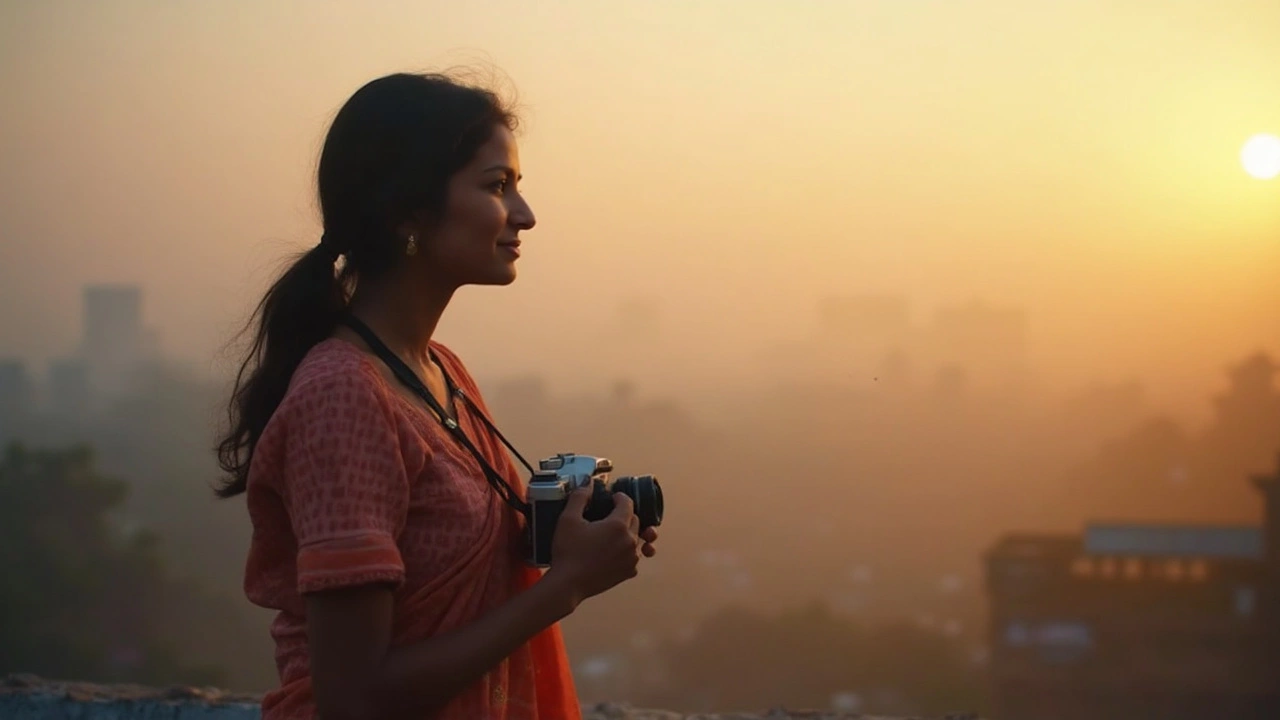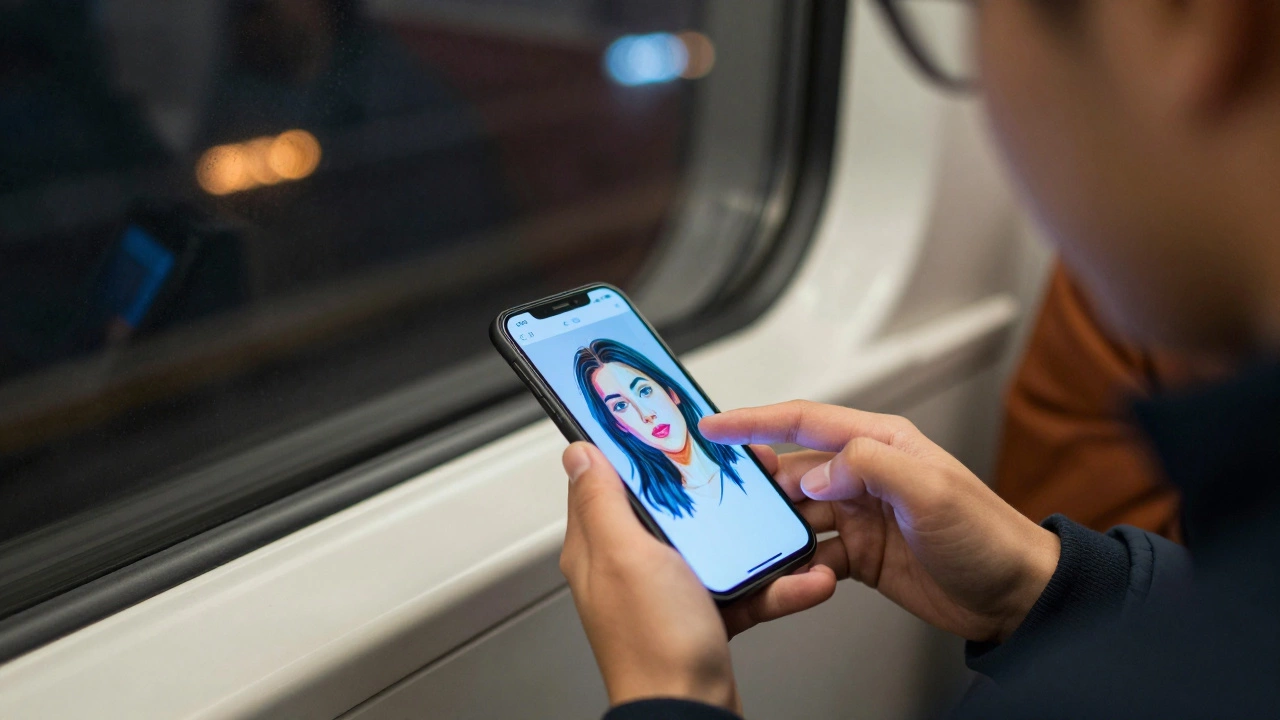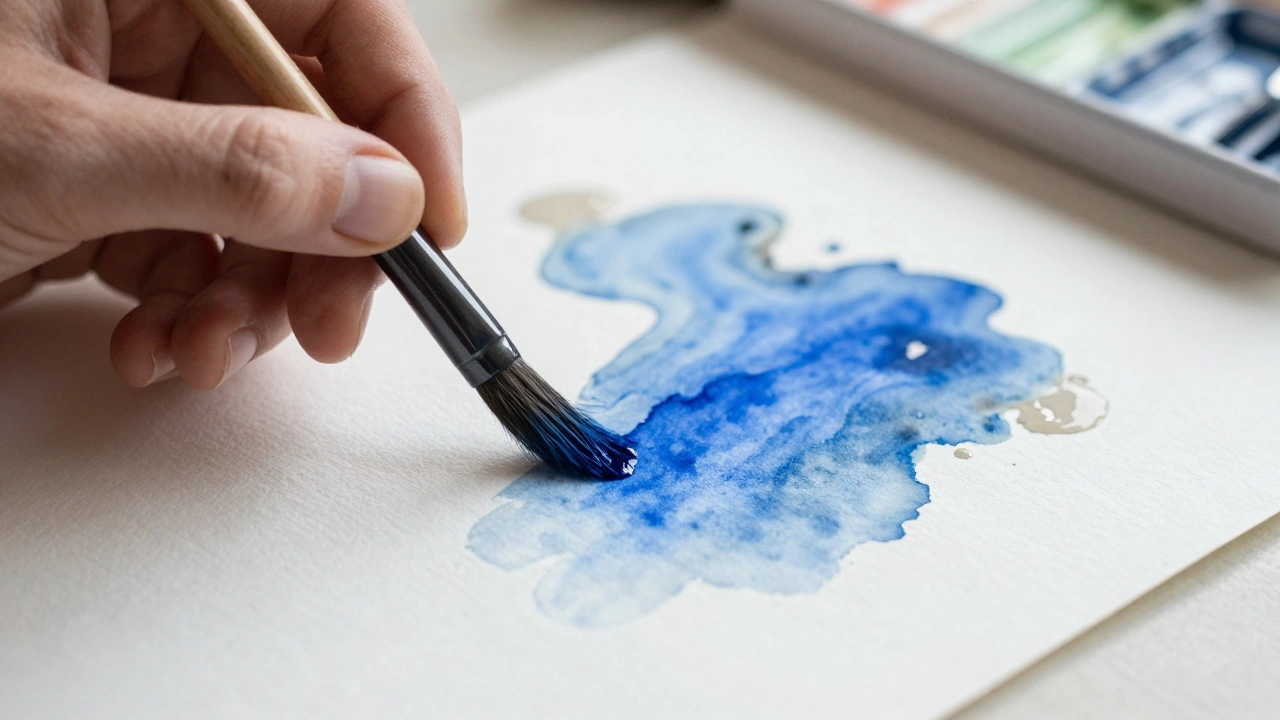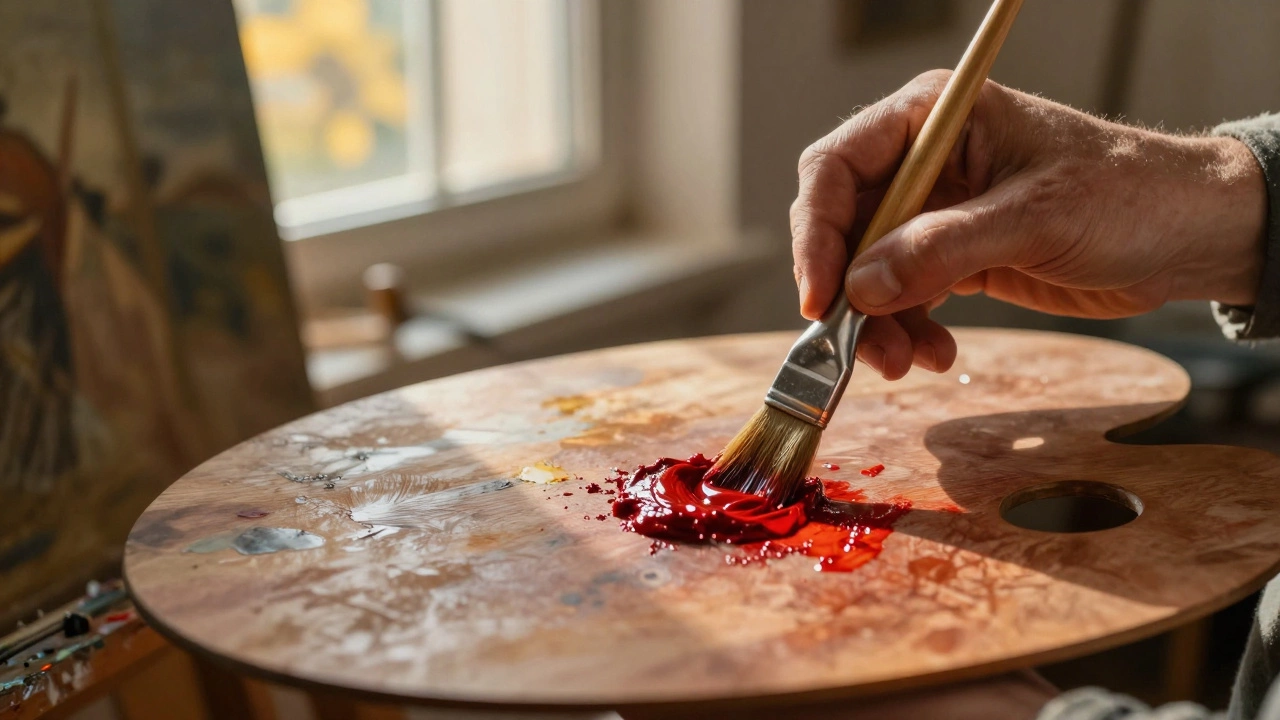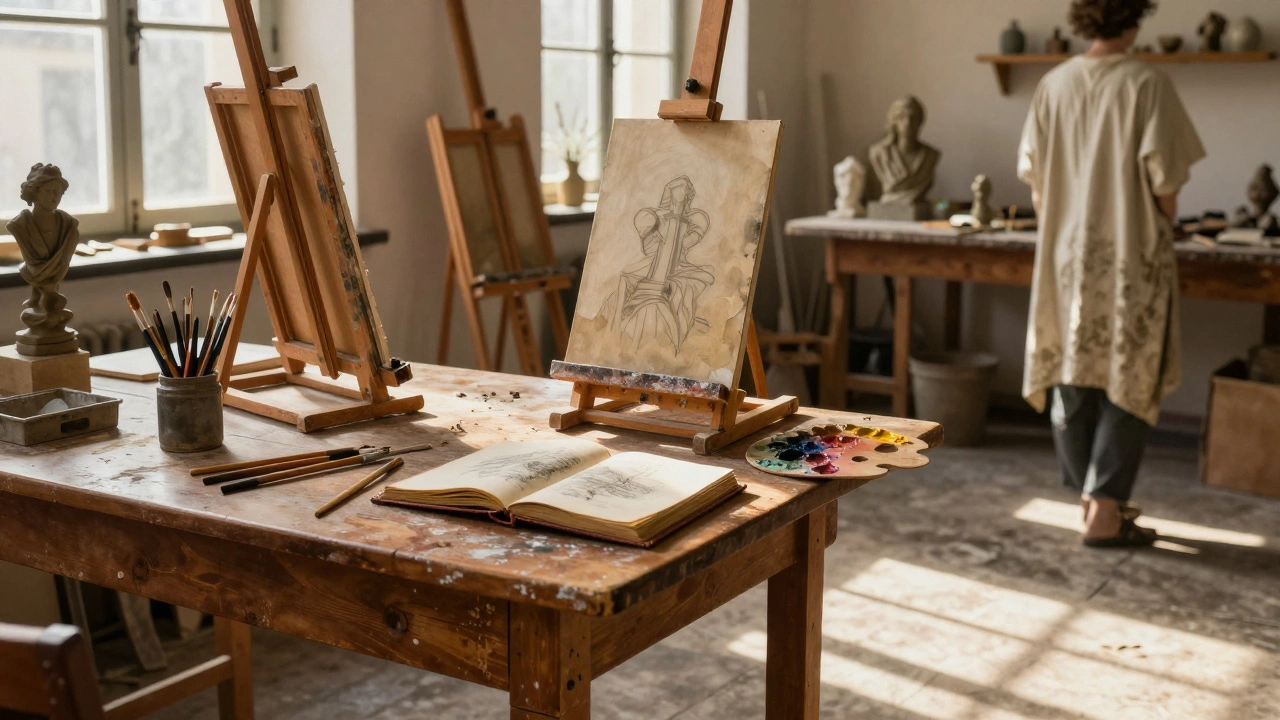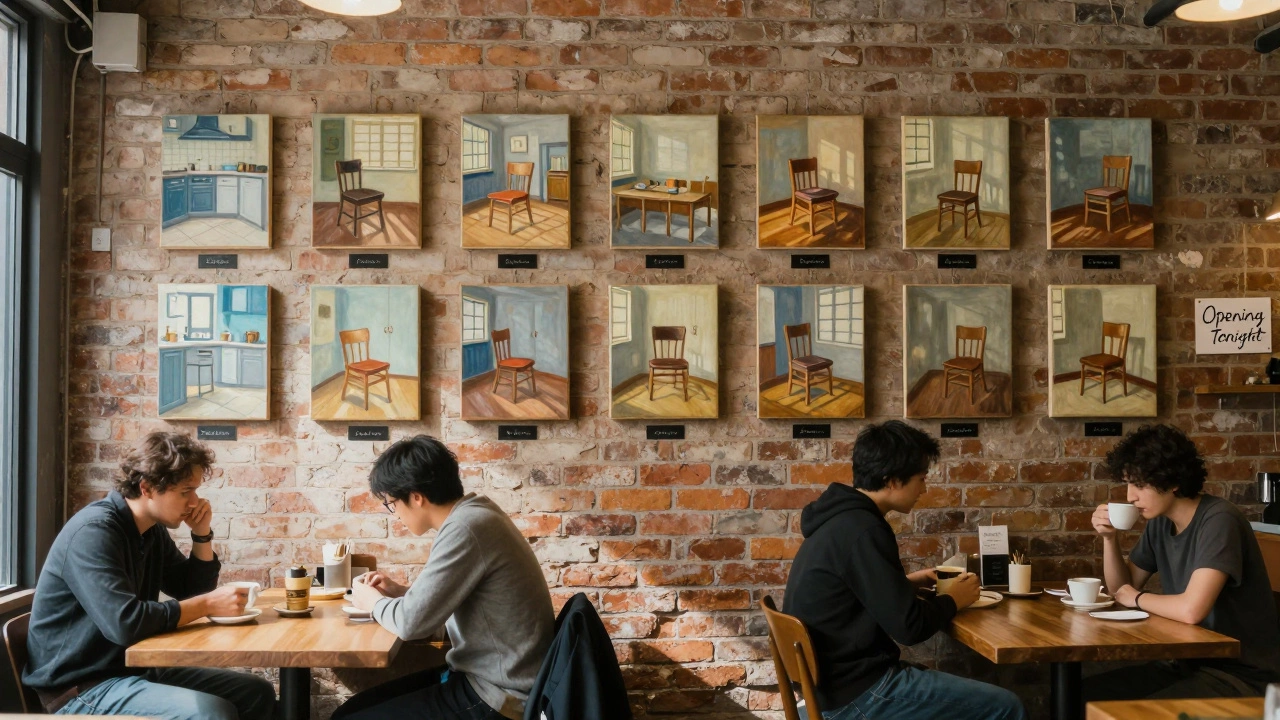Fine art photography isn’t about what’s in front of the lens—it’s about what’s in the creator’s head. Instead of capturing a moment as it happens, you’re thinking about what you want the photo to say before you even lift the camera. It’s all about showing your ideas, feelings, or a message—sometimes, even something impossible or surreal.
This style gives you freedom you don’t find in most other types of photography. You’re not just recording what’s there—you’re making something new from it. No need to stress about traditional rules. In fine art photography, breaking those rules is almost expected. Ever see a portrait where the face is blurry on purpose? If it helps get the artist’s message across, it works.
- Why Fine Art Photography Is Different
- Planning and Concept: More Than Point and Shoot
- Tools and Techniques That Matter
- Making Fine Art Photography Your Own
Why Fine Art Photography Is Different
Most photography captures what’s right in front of you, but fine art photography starts with an idea or a feeling the photographer wants to share. It doesn’t just document what happened—it shows how the creator sees the world or wants you to feel about it. Instead of snapping whatever’s there, fine art photographers ask: What kind of mood am I going for? What story can I tell? That mindset is a big shift from family portraits or vacation photos.
One thing you’ll notice is that fine art photos often don’t follow traditional photography rules. For example, the famous Man Ray made blurry, dreamlike images with his camera and darkroom tricks, which was unheard of back in the 1920s. Cindy Sherman dressed up and photographed herself as different characters—that’s not your typical selfie. These artists used photography to make you stop and think.
Another big point? Fine art photography is usually displayed in galleries, printed in special editions, or collected just like paintings. A photo series might focus on one theme, like the feeling of isolation or the idea of time passing, and every photo in the set builds on that idea. Collectors and museums pay attention not just to how a photo looks, but who made it and what story it tells.
If you want to spot fine art photography, here’s what to look for:
- The photo is meant to express a concept or emotion, not just show a scene.
- It often goes through editing or planning to get a certain look or feel.
- The artist usually wants to share their own vision, not just record what’s there.
- You’ll find more experiments with style, from color to composition to subject matter.
What makes something fine art isn’t always obvious—in fact, a lot of successful fine art photos are the ones that make you wonder, “What’s the story here?” That’s what keeps things interesting.
Planning and Concept: More Than Point and Shoot
Fine art photography starts long before you pick up a camera. You’re not just snapping what’s already there—you’re setting out to make something from scratch. That means you spend time thinking about what you want your image to say, sometimes even sketching it out. If you look at famous fine art photographers like Cindy Sherman or Gregory Crewdson, they actually stage entire scenes like a movie set before they shoot. Their photos look effortless, but hours, sometimes days, go into planning every detail.
You don’t have to build a Hollywood set at home, but it helps to answer a few questions first:
- What feeling or idea do I want to show?
- What story should this photo tell?
- Is there a color or object that pops into my head?
- Where should I shoot this—studio, outside, or somewhere odd?
Jot your ideas down, draw doodles, or collect photos and bits from magazines. That mood board can save time later when you’re picking props, outfits, or locations. Don’t forget: even light matters. Soft window light makes things dreamy, while harsh sun gives a totally different mood. Most pros agree it helps to shoot with a plan, even if the plan changes later.
Here’s a quick peek at how much time artists actually spend planning versus shooting, based on surveys from photography forums in 2024:
| Stage | Average Time Spent |
|---|---|
| Planning / Concept | 40% |
| Shooting | 30% |
| Editing | 30% |
So, almost half the effort in fine art photography goes into planning. This isn’t wasted time—it’s where your real creativity starts to show.

Tools and Techniques That Matter
Every fine art photographer has a different toolkit, but there are a few basics almost everyone uses. What you pick depends way more on your creative goals than on how fancy or expensive your gear is. You could take an award-winning shot with a cheap camera—or even your phone—if you know what you want your photo to say.
- Camera Choices: DSLRs and mirrorless cameras are popular, but film cameras and even Polaroids show up often in fine art photography. Some artists love old gear for the special look it gives.
- Lenses: Fixed prime lenses are popular because they give sharp images and let you play with depth of field. But wide angle or tilt-shift lenses pop up too, depending on the idea.
- Editing Software: Photoshop, Lightroom, and sometimes even experimental apps can help turn a plain shot into a personal artwork. Most fine art photographers spend lots of time editing.
- Lighting: Studio strobe lights, portable flashes, or just natural window light—there’s no one right way, but controlling light is where a shot can change completely. Experimenting is a must.
Don’t sweat having the latest gear. A 2023 survey by Shotkit found that over 40% of fine art photographers still use cameras over 5 years old, and almost 70% do most of their editing on a laptop, not a big desktop setup.
| Tool | Most Used Brand/Type | Percent of Fine Art Photographers Using |
|---|---|---|
| Mirrorless Camera | Sony Alpha Series | 38% |
| Prime Lens (50mm) | Canon/Nikon/Sony | 47% |
| Editing Software | Adobe Lightroom | 62% |
| Lighting Kit | Godox/Profoto | 31% |
| Mobile Phone | iPhone/Samsung | 23% |
One thing almost every artist does: experiment. Try double exposures, playing with shadows, or messing with color in post-processing. There are no hard rules. The more you tinker, the sooner you find a personal style that feels honest. Start simple and get creative with what you have.
Making Fine Art Photography Your Own
If you want to really stand out in fine art photography, you’ve got to make it personal. The work that sticks with people is always honest and a little bit different. That starts with your own ideas—nothing forced, and nothing just copied from Pinterest.
Try starting with one question: What story are you trying to tell? It could be about your past, your worries, something you love, or just the weird way you see the world. The trick is to build your shoot around that one thing.
- Start a series instead of just one-off images. Most well-known fine art photographers work in themes or series—think Cindy Sherman’s self-portraits or Gregory Crewdson’s staged suburbia.
- Get used to editing. Most fine art photographers tweak their images a lot—sometimes hours in Photoshop, sometimes darkroom experiments. Editing is part of the creative process, not cheating.
- Print your best shots. Photos on a screen look different than photos on a wall. Printing helps you spot those little details you want to fix, and you see your art in a fresh way.
- Show your work. Enter contests, post on social media, or hang a print in your local coffee shop. Real feedback (even the not-so-nice kind) helps your work grow.
New to this? Give yourself small challenges, like shooting every day for a month around one idea. Or, pick one editing tool and master it.
| Subject | Description | Example Artist |
|---|---|---|
| Portraits | Exploring emotion, personality, or social issues | Cindy Sherman |
| Conceptual Scenes | Staged or manipulated to tell a story | Gregory Crewdson |
| Nature/Abstracts | Unusual views or edits, less about locations | Minor White |
Remember, there’s no strict “right” or “wrong” in this field. Your weird ideas and new takes are what make your work valuable. That’s the real fun of fine art photography—you set your own rules.
